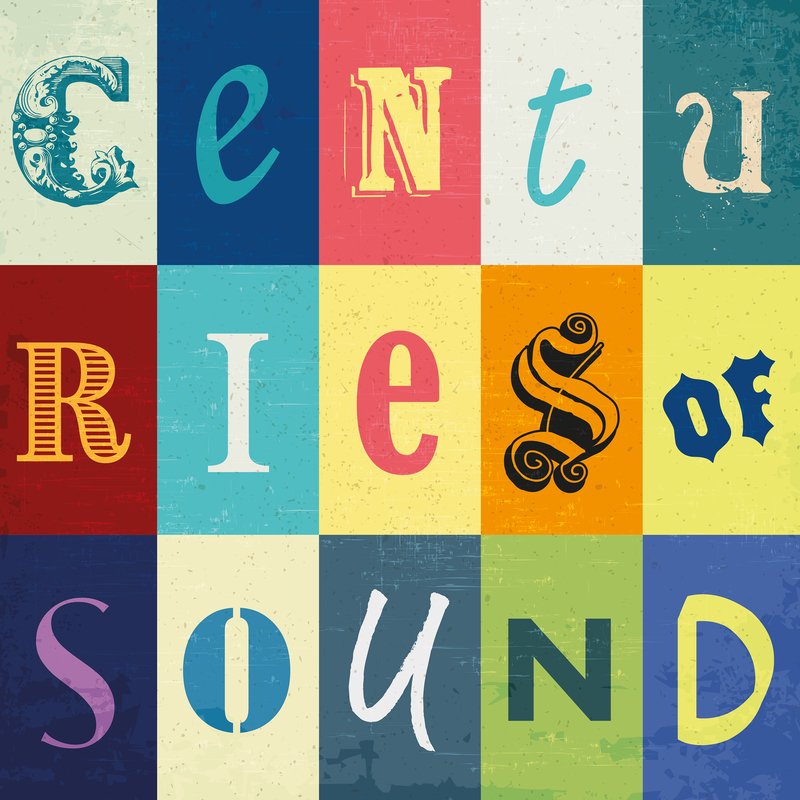
This episode currently has no reviews.
Submit Review- Podcast |
- Centuries of Sound
- Publisher |
- James Errington
- Media Type |
- audio
- Categories Via RSS
- Publication Date |
- Jan 10, 2017
- Episode Duration |
- Unknown
The story you may have heard about the birth of sound recording goes something like this; Thomas Edison, alone in the lab after a hard day’s work, manages to record a recital of “Mary Had A Little Lamb” onto a wax cylinder. You may have even think you have heard the recording, but you haven’t. The recording in circulation comes from a 1927 recreation for the Golden Jubilee of the Phonograph ceremony, the original being lost on a sheet of re-usable tinfoil fifty years earlier.
But it really doesn’t matter. The real start date for us is seventeen years earlier than that, on the 6th of April 1860, when French printer and bookseller Édouard-Léon Scott de Martinville decided to add a tuning fork to his experiments with recording the acoustic properties of the human voice. This is what he used – his own invention, the phonoautograph

The phonoautograph was essentially an artificial ear. The barrel worked as an ear canal, a parchment membrane stretched over the end was the eardrum, then a pig bristle or piece of feather functioned as the ossicles, drawing a line of lampblack on a roll of parchment. The result looked like this:

It wasn’t intended to be played back, and it wasn’t – not for another 149 years at least. The story of how the sounds were extracted from these scraps of paper is best told by the people at firstsounds.org who made all of this possible. In 2012 PRI radio show Studio 360 ran a feature on the recovery of the audio, the extended version of which is the best possible sub-10-minute primer on the subject.
http://www.firstsounds.org/sounds/PHONAUTOGRAM-Extended_Edit.mp3
…and finally, of course, the actual mix! Consider yourself warned that this is very far indeed from easy listening. Instead of scratches we essentially have slightly tuned white noise, through which you can hear something; not enough to really make out much, but unmistakably a human voice.
1860.mp3">http://traffic.libsyn.com/lastnightadjkilledmydog/1859-1860.mp3
1860.mp3">mp3 download link
…and both MP3s in a single package on Mixcloud, who apparently don’t agree with 2-minute mixes
Tracklist
1. Diapason at 435 Hz–at sequential stages of restoration (1859 Phonautogram) 2. Au Clair de la Lune – By the Light of the Moon (April 9, 1860) 3. Excerpt from Ducis’s Othello (April 17, 1860) 4. Au Clair de la Lune – By the Light of the Moon (April 20, 1860) 5. Opening lines from Tasso’s Aminta (undated, probably April-May 1860) 6. Gamme de la Voix – Vocal Scale (May 17, 1860) 7. Jeune Jouvencelle (August 17, 1857) 8. Vole, Petite Abeille – Fly, Little Bee (September 15, 1860) 9. Vole, Petite Abeille – Fly, Little Bee (undated, probably September 1860)
This episode currently has no reviews.
Submit ReviewThis episode could use a review! Have anything to say about it? Share your thoughts using the button below.
Submit Review